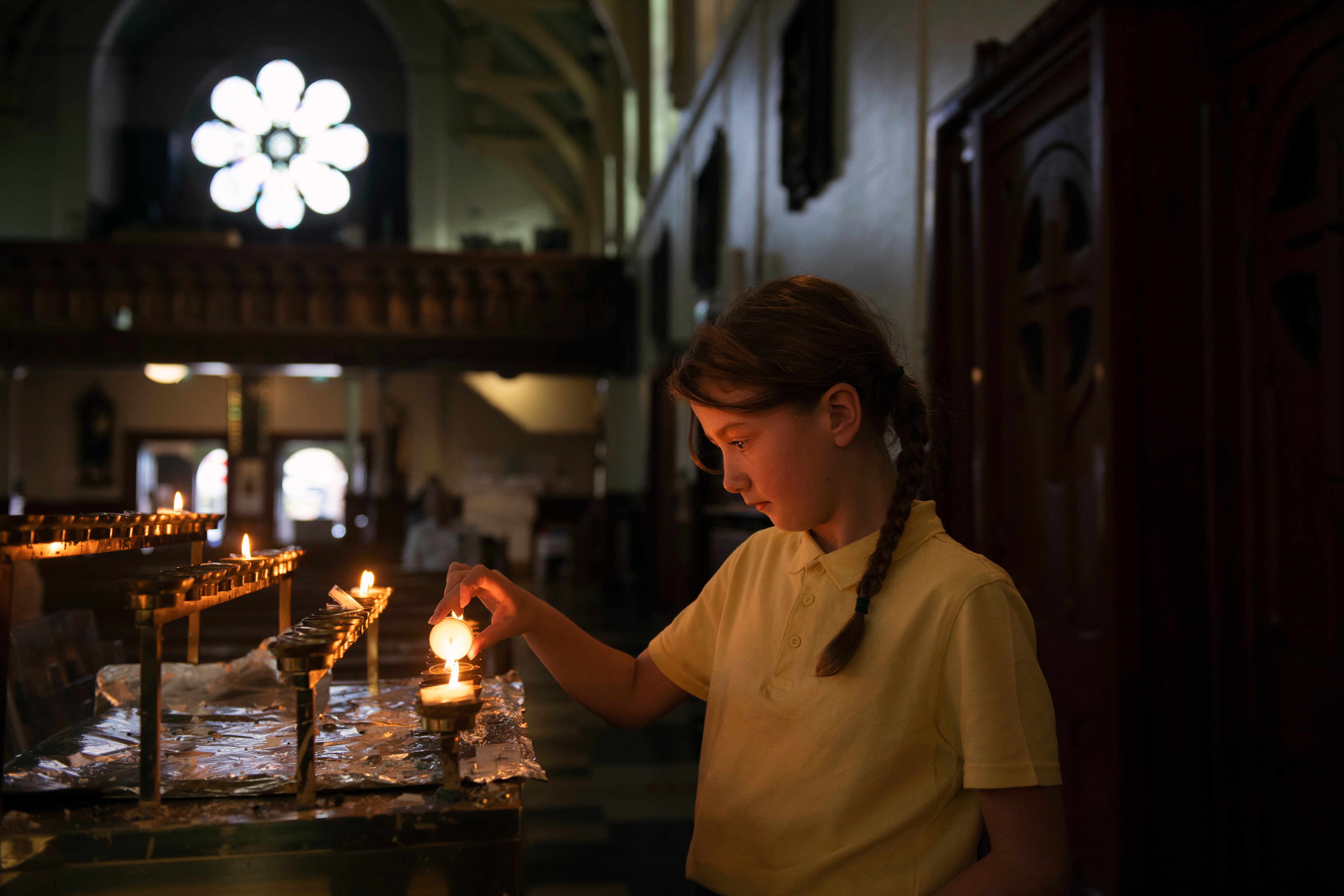Brexit and good government matter more than religion in modern Northern Ireland
A fully functioning Stormont is more relevant today than Protestant versus Catholic, says Sean O’Grady


Has Northern Ireland reached something of a tipping point? To great excitement, the Northern Ireland Statistics and Research Agency has released some of the results of the 2021 census and, for the first time, the proportion of the population stating they are Catholic, or brought up Catholic, has now overtaken those with a declared Protestant identity.
Compared to 20 years ago, the Catholics are up from 43.8 per cent to 45.7 per cent while the Protestants – including Anglicans and Presbyterians – are in relative decline from 53.1 per cent to 43.5 per cent. A tiny increase in non-Christians and a bigger jump in those of no religion (now almost 10 per cent) helps balance the numbers up. ‘Catholic’ these days will also include a small community of Poles, Lithuanians and Slovaks.
Not all Catholics are committed nationalists, let alone republicans; and not all Protestants are unionists, let alone loyalists. It’s not symmetrical; generally, proportionately more Catholic/nationalist voters would favour staying in the UK than Protestant/Unionists opting for a united Ireland. But the province is also becoming more fluid politically. It would seem the long-running demographic and social trends around religion and cultural identity are translating into looser political loyalties. The unionist cause is gradually growing weaker, despite the fierce loyalty it engenders in many.

Last year, for example, Sinn Fein came first in the elections for the first time, albeit in a highly fragmented party political system. Brexit and its impact may have nudged some more middle-class Protestants/Unionists to consider what a united Ireland might actually look and feel like. Some may feel, with justification, that successive British (Conservative) prime ministers have paid scant attention to the union and the people of the province, which will have alienated some, though mostly in a more militantly loyalist direction.
There is also, slowly, a different impression of what modern Ireland is. When the island was partitioned, and increasingly in the half-century that followed, the south was poorer than the north and the republic was thought to be a state under the influence, if not control, of the Catholic church. The church was granted a privileged position in the constitution of Ireland, and successive Irish administrations reiterated their territorial claim to the six counties of the north, to the annoyance of Unionists.
Times have changed. Now Ireland is one of the more prosperous parts of the entire European Union and no longer a net exporter of its people. The position of the Catholic church has collapsed under the weight of social change and recent scandals. Astonishingly, abortion became more accessible in Ireland than in Northern Ireland. The peace process and the Good Friday Agreement ended almost all of the terrorism, though gangsterism persists. The late Queen’s visit to Ireland in 2011 was also a symbolic shift. Sinn Fein politicians are less offensive towards fellow citizens who see themselves as British, and their leaders displayed notable grace during the mourning for Elizabeth II and the visit of King Charles III.
For whatever reason, the demographic and religious shifts are being felt on the political side. Those in Northern Ireland feeling “only British” is down to 31.9 per cent, barely ahead of those who identify as “only Irish”, now at 29.1 per cent, with “only Northern Irish” as a distinct identity ranking at 19.8 per cent, an interesting trend upwards in itself. The fact that people identify themselves in any number of permutations of those three main options (the Poles think differently again), muddies the picture. Nonetheless, the time when the province was run as a one-party state through a “Protestant parliament for a Protestant people” is long gone. In a neat historical division, the first half of the century-long existence of Northern Ireland was the time of peak Unionist dominance and ended with the Troubles and the abolition of the old Northern Ireland government in 1972. Since then, movement away from the union has been slow but striking.
The best chance for Britain ‘keeping’ Northern Ireland was always going to be a fully functioning power-sharing government under the Good Friday Agreement, which neutered the national question. Brexit was incompatible with it, and so the border question has been opened up again, as virtually no one wanted. Such is the law of unintended consequences.



Join our commenting forum
Join thought-provoking conversations, follow other Independent readers and see their replies
Comments